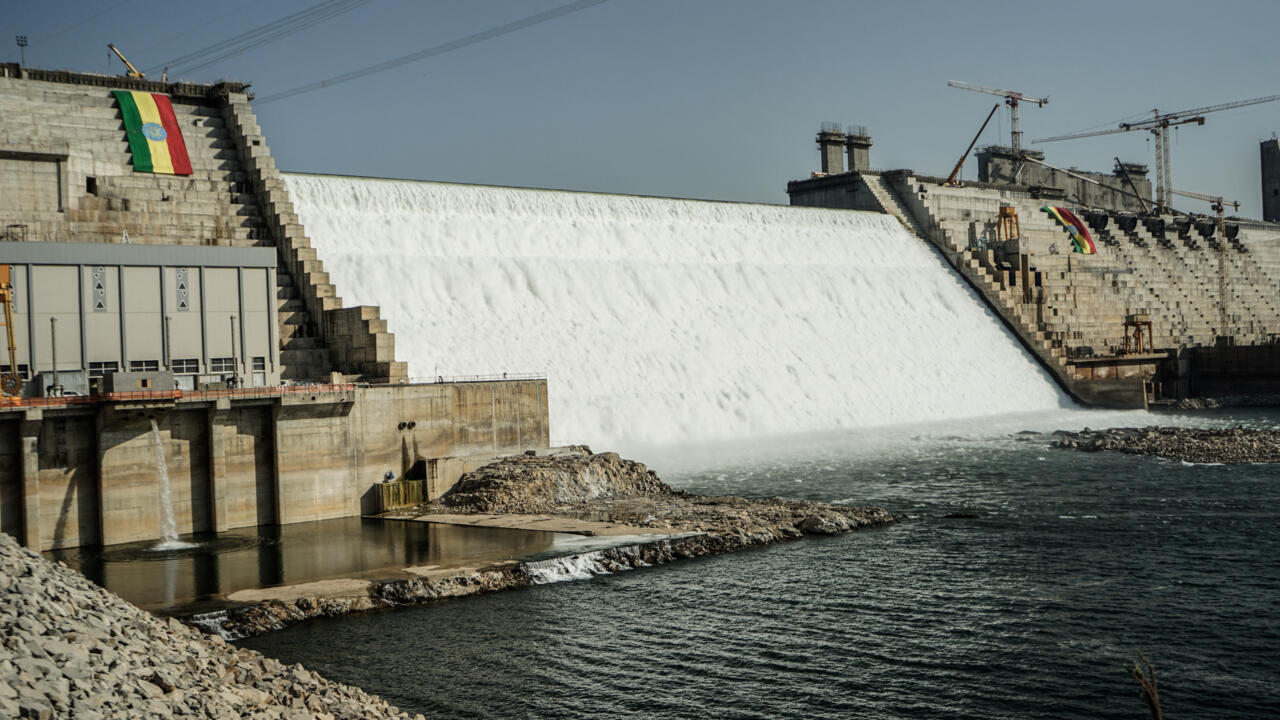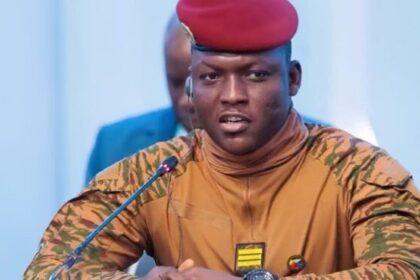At a Glance
- Ethiopia eyes $1 billion yearly revenue from completed Grand Renaissance Dam.
- GERD boosts Ethiopia’s electricity exports, positioning the nation as a regional energy hub.
- Egypt, Sudan voice water security concerns as Ethiopia advances hydropower ambitions.
Ethiopia is banking on the Grand Ethiopian Renaissance Dam (GERD)—Africa’s biggest hydropower project—to generate $1 billion in annual revenue as it expands electricity exports and accelerates its push for energy independence.
The $4 billion megadam, now fully complete and slated for inauguration this month, is set to transform Ethiopia into a regional power hub.
Positioned on the Blue Nile, just 30 kilometers from Sudan’s border, the GERD has been at the center of a decade-long dispute with Egypt and Sudan over water security and resource sharing.
At full capacity, the dam will hold 74 billion cubic meters of water and produce more than 5,000 megawatts of electricity—more than double Ethiopia’s current installed capacity.
That scale places the GERD among the most powerful hydroelectric projects in the world, with the potential to reshape East Africa’s energy landscape.
Hydropower push anchors Ethiopia’s growth plan
Prime Minister Abiy Ahmed said the GERD will serve as a financial backbone for future African infrastructure and renewable energy investments. “We will do other projects like the Renaissance Dam in the next five, 10, or 15 years,” Abiy said in a televised address. “We see that we can finish what we have started.”
The project is also central to Ethiopia’s strategy to transition from an energy-deficit nation into a net exporter of electricity.
Power trade deals are already being advanced with neighboring countries including Kenya, Sudan, and Djibouti, which could make Ethiopia one of Africa’s top energy suppliers.

Regional dispute over Nile waters
Egypt and Sudan have long opposed the dam’s unilateral operations, arguing that it could threaten their water security. Multiple rounds of African Union and U.S.-brokered talks have failed to deliver a binding water-sharing agreement.
Abiy, however, dismissed fears during a parliamentary session, framing the GERD as a platform for shared prosperity. He invited downstream nations to the inauguration, stating: “We believe in shared progress, shared energy, and shared water. Prosperity for one should mean prosperity for all.”
From power deficit to energy hub
Construction on the GERD began in 2011, with the first electricity delivered in 2022. Despite being home to more than 120 million people, Ethiopia remains one of Africa’s least-electrified nations, with nearly half the population still lacking access to reliable power, according to World Bank data.
Officials say the GERD will help close that gap while driving electricity exports across East Africa, boosting foreign exchange earnings, and anchoring Ethiopia’s ambition to become a continental leader in renewable energy.





